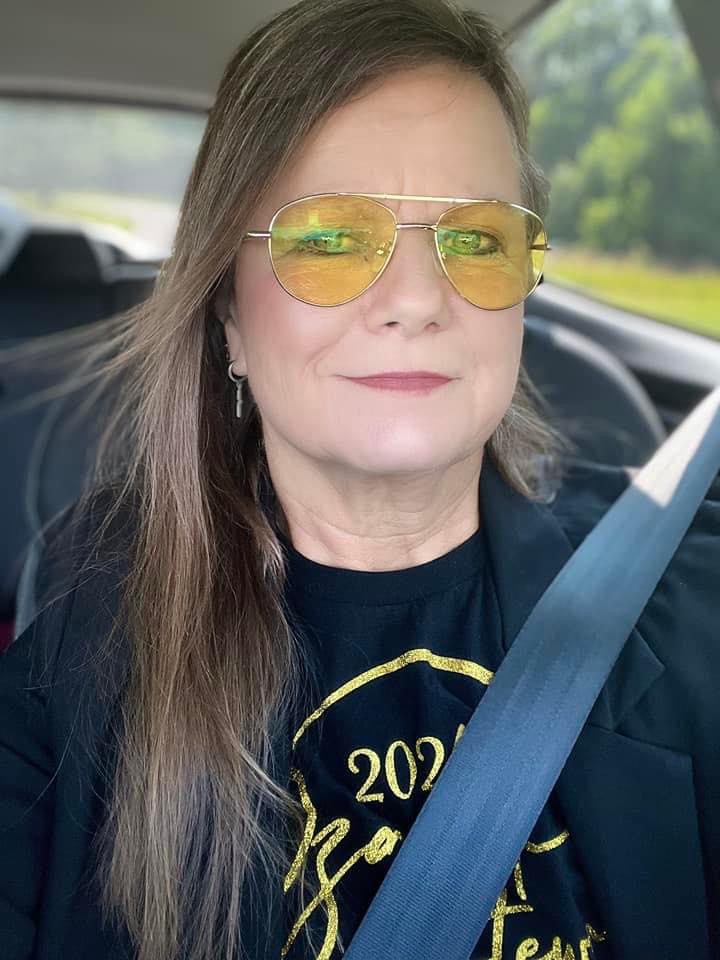We hope you enjoy our weekly column from Dr. Pat Clary; check back weekly for her newest post.
WEEK ONE
Community Matters
Introduction
Have you given thought to what constitutes a community? Or if community matters? Or, even better, how do you connect to and interact with your community? Community is all-encompassing of its citizens, models of society, governance, community development, civic and social justice engagement, businesses, amenities, resources, culture, values, and beliefs. In the greater Ozark region, where I reside in Arkansas, a state in the United States, we value farming, agriculture, tourism, economic development, education, business, our student population, sports, faith, family, and generosity of spirit. These elements of community interconnect with one another; as we come together to make the place we call home a better place to live and work for ourselves but, more importantly, for our children and future generations who follow in our steps. Peter Block (2008) wrote, “The social fabric of community is formed from an expanding shared sense of belonging.” In this state of belonging, in community, we come together to solve issues or complex societal problems that plague our community.
It comes as no surprise that as a nation, we live in unprecedented times of challenge, conflict, and even chaos as citizens clamor for their rights, their voices to be heard, and for fairness, equity, and inclusion in policies and procedures that affect them and their quality of life. Individualism, a value Alexis de Tocqueville described as distinctly American in Democracy of America, is embodied in our Declaration of Independence as the pursuit of happiness. This spirit of independence, though, can lead to silos of people and special interest groups where the sense of belonging in community can become nonexistent. In silos, people, special interest groups, and nonprofit organizations do not work toward the ‘common good’ of all people, but rather, they work toward a privatized agenda, whether private, public, nonprofit, or cross-sector based (Clark et al., 2020; Clary, 2022; Edmonson et al., 2012; Marek et al., 2015; Shier & Handy, 2020).
How do we move beyond silos and privatized agendas? How do we as a community come together to make a difference and bring transformative restoration that can be a game-changer for future generations and, in essence, leave the place where we live and work better than when we found it?
I suggest it is in collaboration, in community, where change occurs, citizens find belonging, and issues of complexity to local or global societies are addressed. In collaboration, strategic partnerships form. These strategic partnerships encompass citizens, civic and government agencies, nonprofit organizations, voluntary action associations, faith-based organizations, first responders, political, social, and educational organizations and institutions, and for-profit businesses that work together for the common or public good of a community and its citizenry.
Mother Teresa explained community this way: “I alone cannot change the world, but I can cast a stone across the waters to create many ripples.” And Helen Keller said, “Alone, we can do so little; together, we can do so much.” As we cast our stones across the water in community, we realize community does matter. Community can be transformative. Community can be restorative.
In corporate America, Corporate Social Responsibility has given way to a management concept where companies integrate social and environmental concerns in their business operations and interactions with their stakeholders. Corporate social responsibility demonstrates a business’s role in improving the world and community. Increasingly, corporate America is forming strategic partnerships in community to solve complex local and global social and environmental issues.
Community Matters explores the nonprofit community. It is a series about solving local and global societal issues through the lens of the nonprofit sector and community stakeholders for the community’s common good. The series begins with the nature of the nonprofit sector, its economic impact, its work, the difference nonprofit organizations make, and the purpose served in the community. In the coming weeks, collaboration, the barriers and benefits, and how collaborative efforts form whereby increasing the shared resources and philanthropic value of a nonprofit organization are discussed. The series features principles for convening diverse stakeholder groups and best practices in convening leadership. Throughout the series, nonprofit stakeholders can consider how to conduct business differently through governance, collaboration, and convening leadership because community matters.
In Community,
Dr. Pat
Dr. Patricia A. Clary is a syndicated columnist who consults with nonprofit and business sector partnerships that promote strategic community impact agendas to solve complex societal issues through governance, collaboration, and convening leadership. Connect with Dr. Clary patriciaclary.com, LinkedIn https://www.linkedin.com/in/pat-clary/, Facebook PatriciaAClaryPhD, or at patclary6776@gmail.com. ©2023 All Rights Reserved.

Cathy Drew is a lifelong resident of the region that she loves to promote. She was born in downtown Batesville in the late ’60s, located in one of the eight counties she now enjoys encouraging people to visit.
Drew became associated with the Ozark Gateway Region in 1990 while working at the ad agency (The Media Market Inc.). The agency handled marketing for the regional association, where she and her co-workers produced an annual tabloid publication. She began working as the Ozark Gateway Region director in June 2000.
After Drew became director, she took the region to the next level by helping the tourism organization create a new website and moved it from the old newspaper paper tabloid publication to a color magazine format. She helped open a visitor center for the Ozark Gateway, allowing visitors to pick up information from the entire state 24/7. Over the years, Drew has helped the organization meet new marketing goals, such as in- and out-of-state marketing, assuring that all 100,000 copies of their magazines are distributed each year.
In 2016, she assisted in creating the first Ozark Gateway Region Golf Classic. The tournament continues to grow each year, allowing the organization to expand its co-op program and helping each county have dedicated promotion. Drew stays busy at Ozark Gateway as the ad sales manager, magazine editor, day-to-day office operations, trade show representative, and magazine distribution representative, all while ensuring that the region is represented all over Arkansas and southern Missouri.
Drew was featured in several local and statewide publications over the years, as well as the 1997 cover of the Ozark Gateway Region tabloid, along with her then 4-year-old son, Jon. She has received several awards, such as the Batesville Rotarian of the Year in 2010 and a three-time Paul Harris Fellow.
She also has served as an Independence County election commissioner for several years. She now serves as their co-election coordinator, helping with behind-the-scenes management of voting equipment, day-to-day election deadlines, and poll worker training.
Drew is Batesville Rotary Club Past President, and is the Rotary Clubs’ current membership chair.
In March of 2018, Drew was honored with induction into the Arkansas Tourism Hall of Fame for her many years of dedicated service to the tourism industry.


